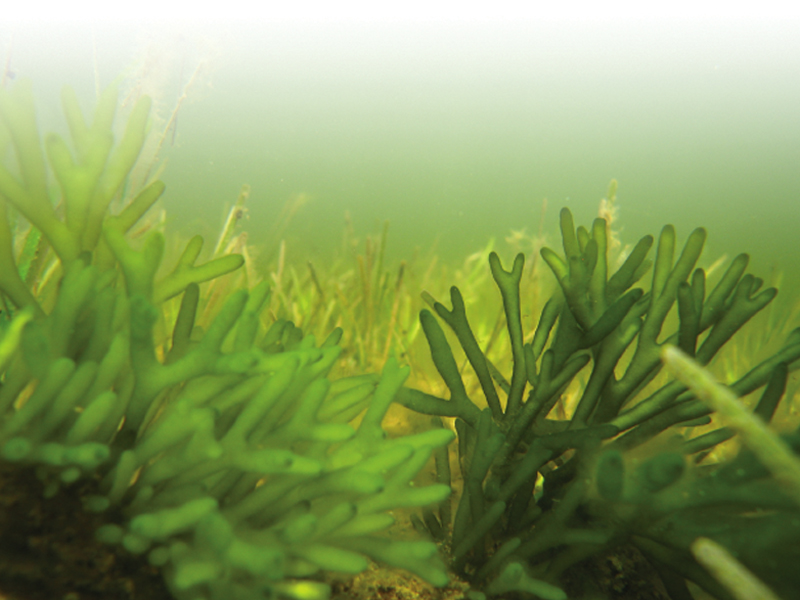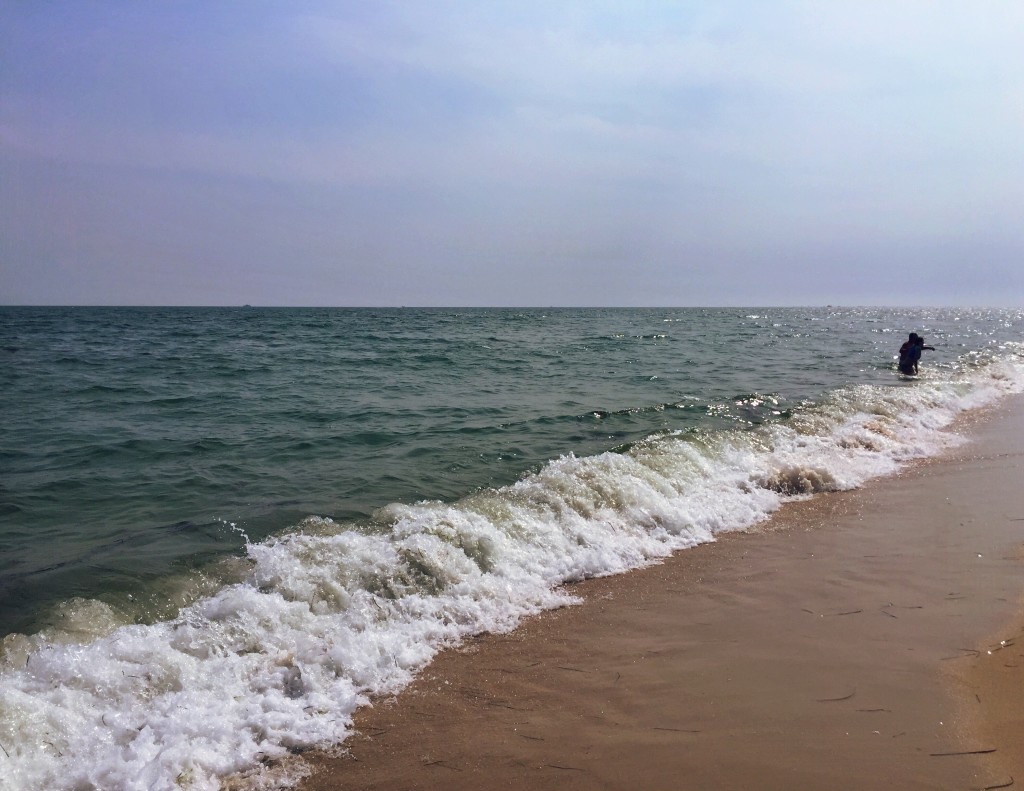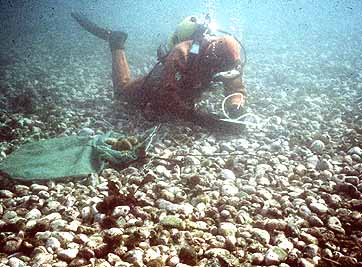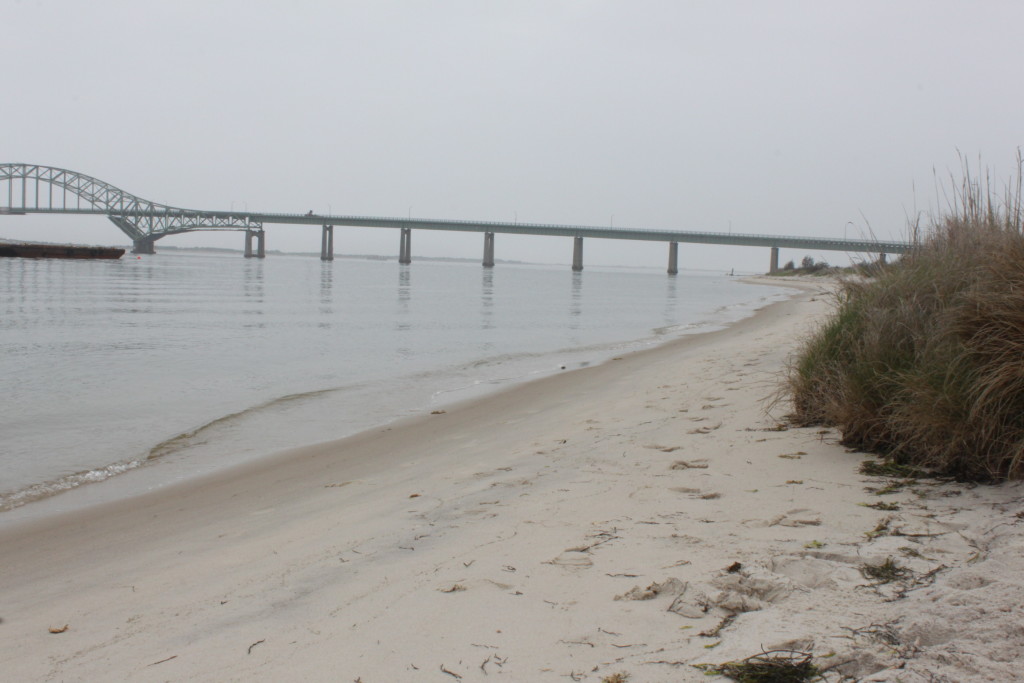Seaweed may serve as a staple in many Asian cuisines, but it’s consumed all across the globe. On the East Coast of North America and Canada, people harvest over 13 different species of the salty sea veggie strictly for food.
Considering the current trend of consumers searching for more sustainable sources of agriculture and the growing number of people who prefer purchasing organic products, this fact isn’t surprising. But of the numerous types of edible seaweed found from the coast of Nova Scotia to as far south as the Long Island Sound, one variety is extremely invasive and destructive. Despite that, there might be a very simple solution to the problem.

Photo courtesy of Fisheries and Oceans Canada
Codium Fragile (pictured above), commonly referred to as “Dead Man’s Fingers,” originated in the seas surrounding the United Kingdom, but migrated to the shores of North America by attaching to the hulls of ships. The invasive species was first discovered on the coast of Long Island in the late 1950s and has since spread to various parts of the North East.
Dead Man’s Fingers has only one known hunter on this side of the Atlantic – a sea slug. With no other predators to keep the population in check, the plant is thriving and in turn, reproducing at an exponential rate. The reproduction cycle of this variation of seaweed is really simple (too simple) and that’s part of the problem. In order to generate more seaweed, a piece of the plant must break off and attach to a shell or rock, where it can grow into a new plant with a height of approximately 90 centimeters.

Photo by Marisa Losciale
Due to the limited amount of viable living space for certain species of sea algae, this invasive species is taking over seabeds and essentially evicting the indigenous marine life, which holds further negative implications for the aquatic environment. The changing ecology has already started to kill off the sea urchin population in Nova Scotia, with the earliest record of these effects dating back to 1999.
Since no clear solution has been presented to prevent this invasive species from further destroying marine life, some chefs have made it their duty to only serve up invasive species in efforts to slow down the environmental eradication. Studies suggest that regular consumption of seaweed can even decrease the potential risks associated with the development of breast cancer.

Photo courtesy of elements.nb.ca
Seaweed is high protein and other essential nutrients, but low in calories making it a superfood! Among some of the benefits of eating seaweed are the regulation of hormones and prevention of high blood pressure, and some even claim the gastric qualities of seaweed act as a cure for hangovers.
But the most underrated advantage of eating seaweed is that there’s so many different ways to prepare it. Whether you enjoy it as a salad, a salty snack, or even as substitute for a wrap, the possibilities are endless. So, the next time you’re on an East Coast beach and see a bed of seaweed strewn across the coast (like pictured below) collect some and cook it up for a super rich, yet wallet-friendly meal.

Photo by Marisa Losciale


